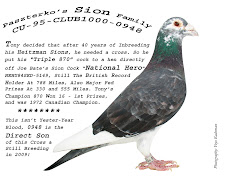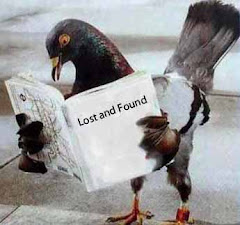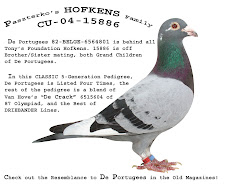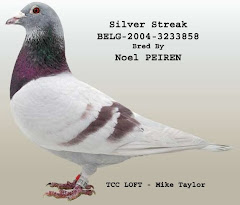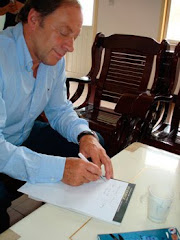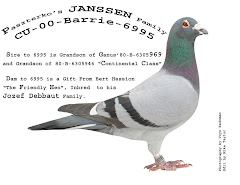It is not within every one's ability to feed pigeons properly, feeding the right mixture to bring them into condition, as well as to keep them in condition. Pigeons will not come in shape without the help of the fancier - and most fanciers are inclined to feed too much, and instead of form, the birds show the least desire to train, let alone placing themselves on the prize-lists. All feeding systems are good if practiced properly, and if one knows how to properly feed pigeons. There is no use in imitating people like Van Tuyn, Vanhee, Kempeneers, Vinois, and associates, if you do not have at your disposal, grains of the same quality; it is also important to bear in mind that we have not seen them feeding their pigeons, and just what their feed consists of! Feeding pigeons is, and always will be, an art. Take it from us that, next to quality pigeons, the feed plays an important role in the making of a Champion. All who read this, will have in their neighborhood a fancier who spends a good deal of money for excellent stock and who never does well in the races. In such a situation, many will feel that they have been cheated, and leave the sport sooner or later. Although they may have bought good birds from an outstanding flyer, they did not buy the fancier himself. We will submit a few examples of how Champions are concerned with proper feeding of their birds.
The late Martin Van Turn looked for the best grain at the mill. When he made his choice of certain varieties, for instance, corn, he took a sample home, checked it for its germination, and those with the highest rate of germination, he bought enough for a whole year. In this fashion, he never ran short of quality feed. Be concerned with the quality of your grains. Van Den Broucke from Wielsbeke buys only grains which smell good. He mixes his own - an unbelievably light mixture. His widowers, who are flown on the long distance, always have 25% barley in their mixture, together with corn, beans, wheat, milo, and peas. A tablespoonful is given in the morning and at night ... never more, never less.
It is hard to believe that birds which are fed such a light feed are able to perform such heroic deeds, for at this great loft, they have put forth some magnificent performances. Must we repeat that the Champion from Wielsbeke never will change his feeding system, and moreover, hates a mixture in which the barley is replaced by peas. The feeding system of Jos. Van Den Broucke also carries with it the fact that the birds never will be overweight and will always remain in good health.
With the Brothers Cattrysse, Cattrysse-Beuselinck, and Gerard Cattrysse in Moere, things were different. For more than fifty years, they kept to the same type of feed. Everyone who visited the lofts had to acknowledge that, no matter the hour of the day, or the day of the week, there was always plenty of feed available in the hoppers. Their mixture consisted mainly of corn, beans, and wheat, for the breeders, widowers and youngsters. Many were astounded at such a method. Nevertheless, the Cattrysse Brothers were Champions, with the greatest accomplishments, over the years. Although many others have tried to imitate this system, they have never really hit the "Jack-Pot". The question will naturally arise: "Is it the pigeons, or the feeding system, which made the Cattrysse's such great champions?" Of course, the feed played a most important role, but it is a fact that their pigeons possessed super-class, and year after year they produced excellent results. And in 1968, the very same excellent results were once again turned in by both Houses of Cattrysse!
Taken from 101 methods
Part 1, third print
by Jules Gallez







